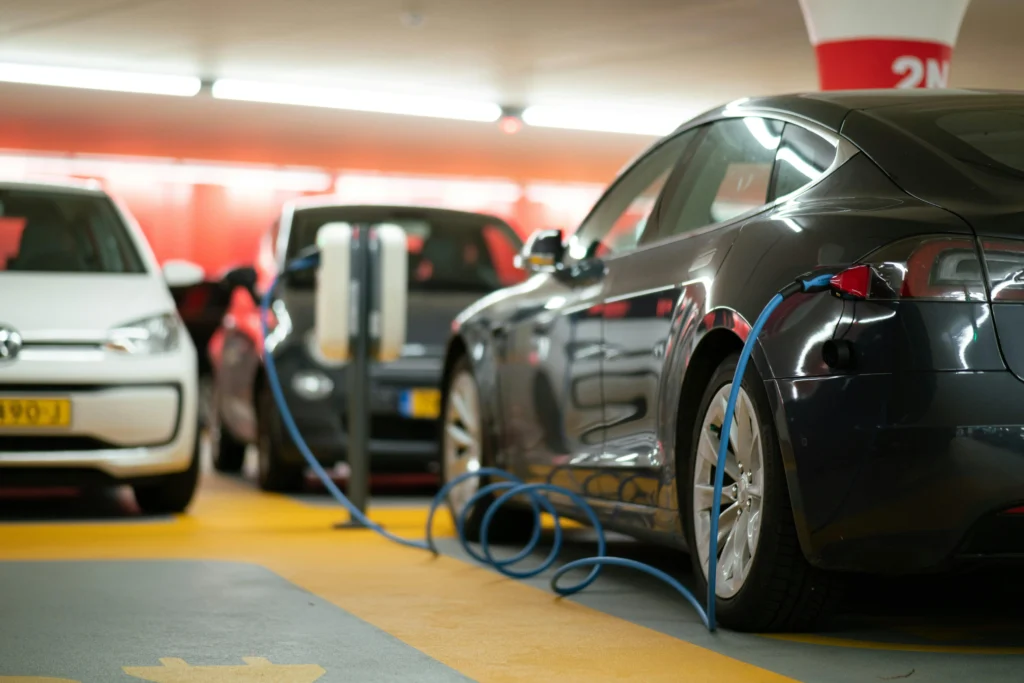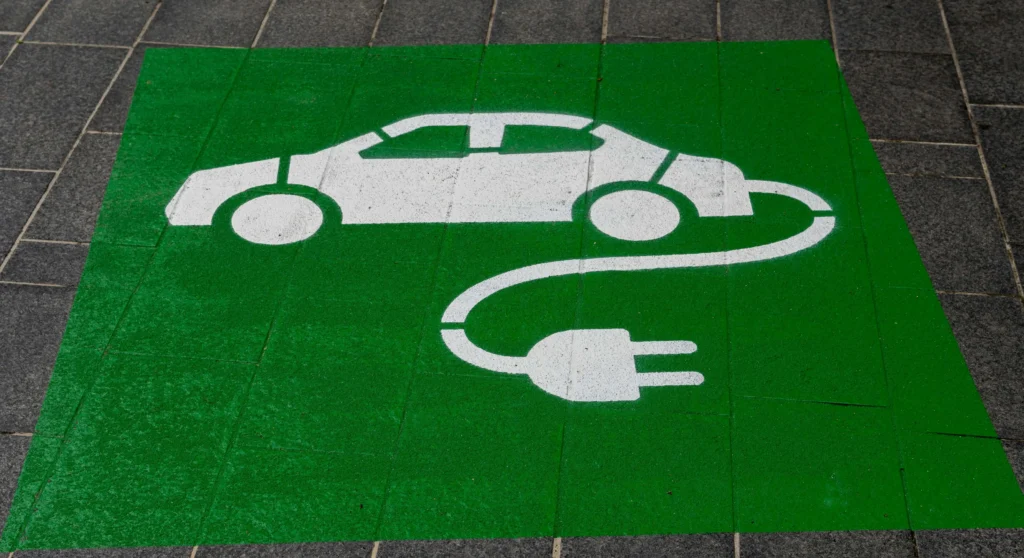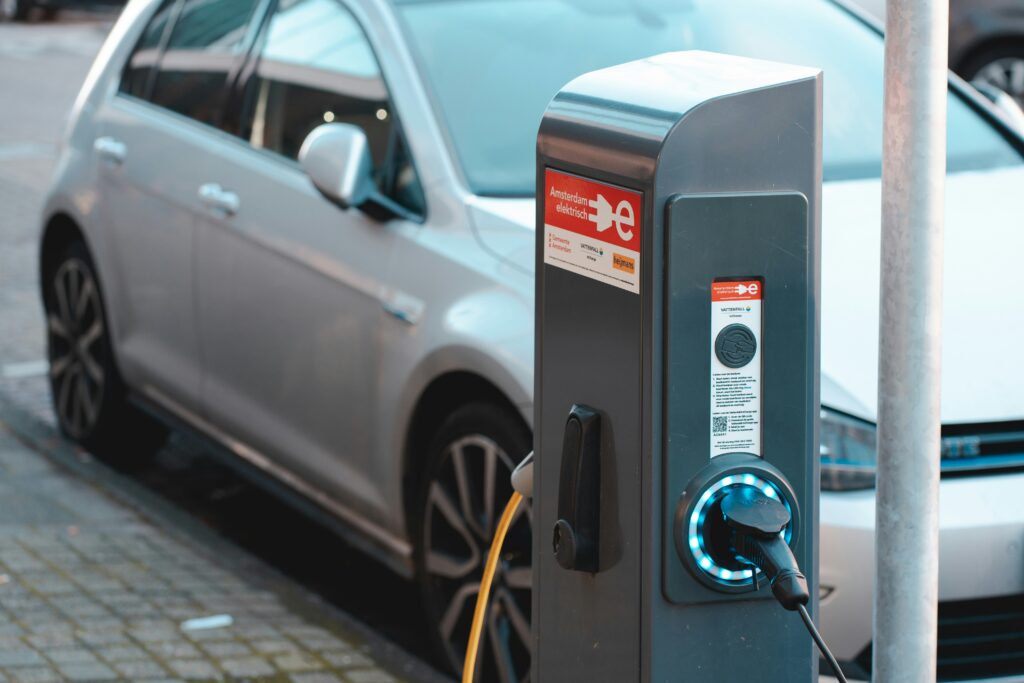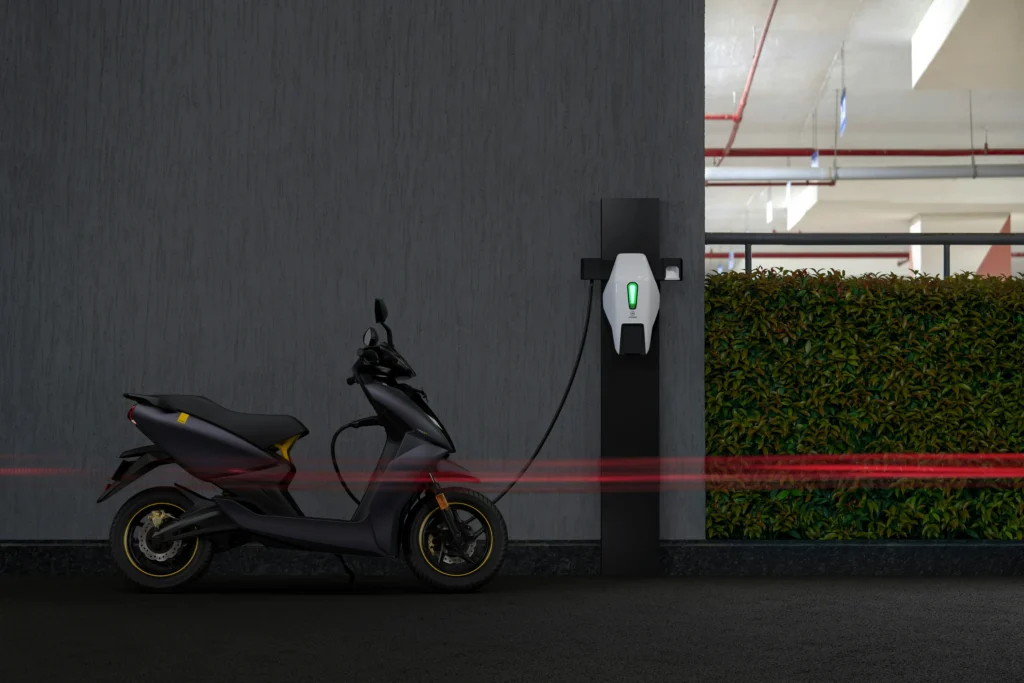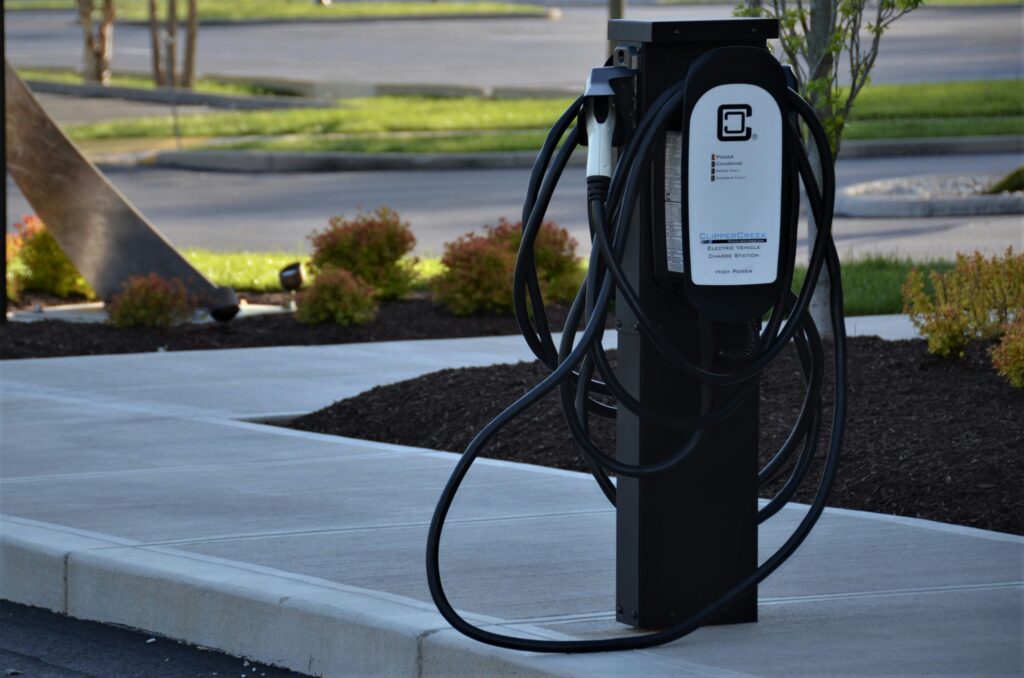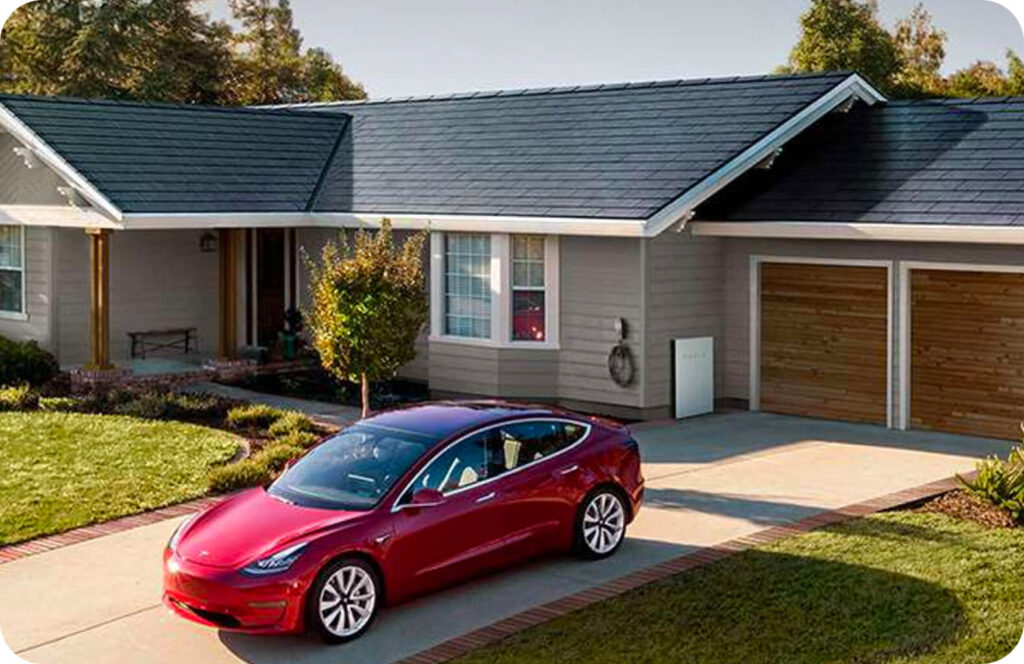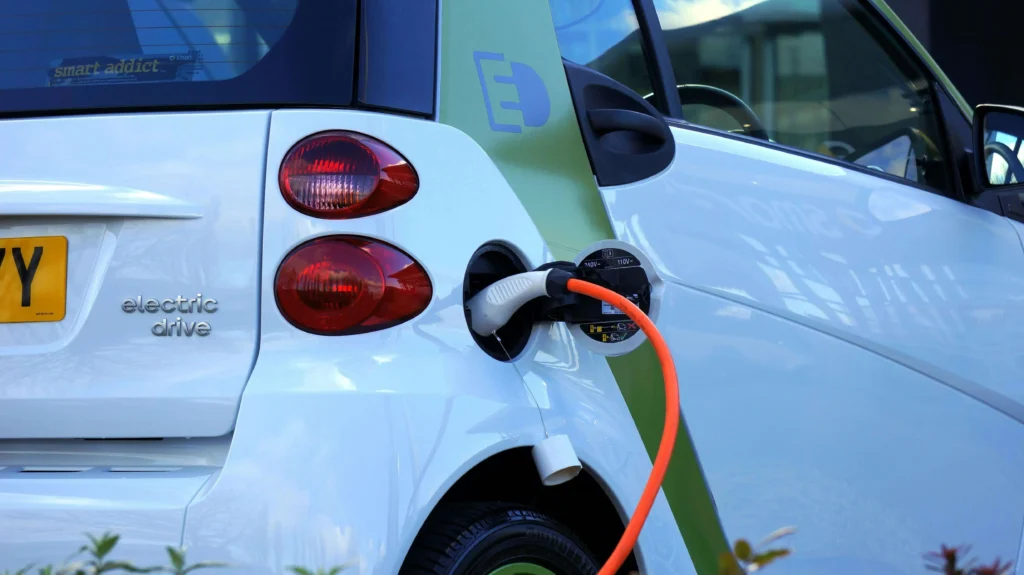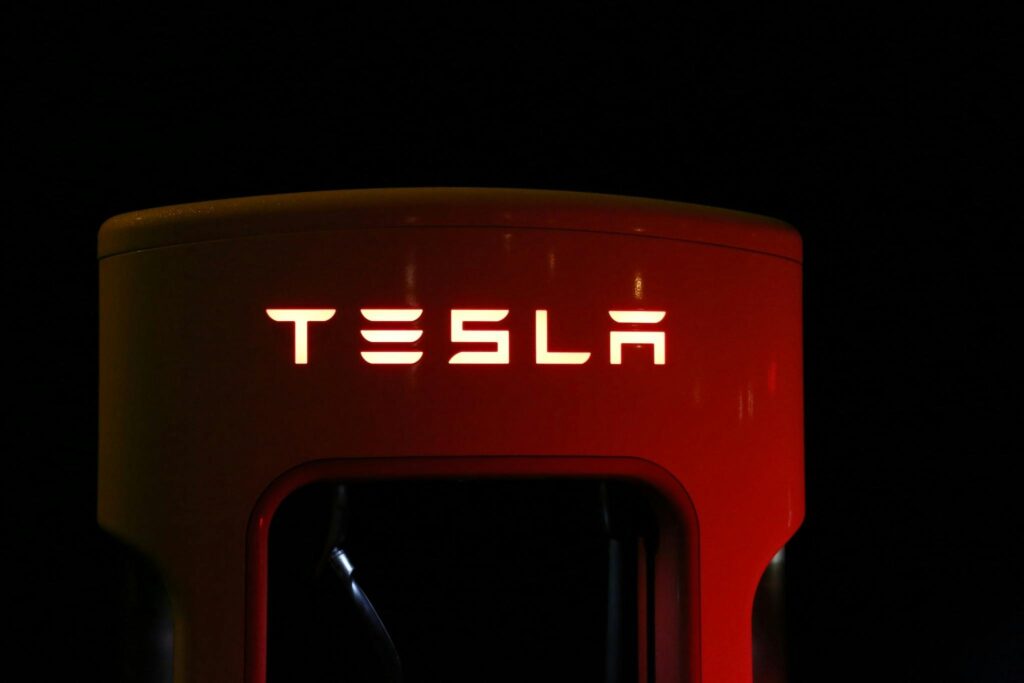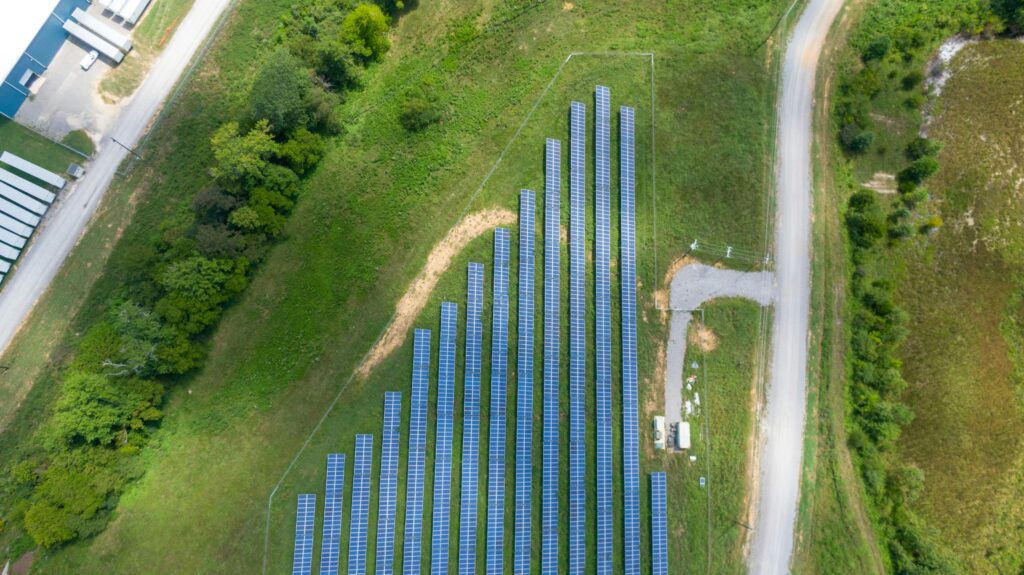Blog & News
Solar Energy and Electric Vehicles: A Perfect Match
The integration of solar energy with electric vehicles (EVs) represents a promising solution for sustainable transportation and energy independence. As the world faces increasing environmental challenges and seeks cleaner alternatives to fossil fuels, the synergy between solar energy and EVs emerges as a perfect match. This article delves into the various aspects of this relationship, exploring how harnessing the power of the sun can drive the future of electric mobility.
The Rise of Solar Energy
Solar energy has come a long way since its inception, evolving from a niche technology to a mainstream energy source. The history of solar energy dates back to the mid-20th century, but it wasn’t until recent decades that technological advancements and decreasing costs made it a viable option for widespread use. Today, solar energy is one of the fastest-growing sources of renewable energy, with significant investments and government support driving its adoption globally.
History and Development
The journey of solar energy began with the discovery of the photovoltaic effect in 1839 by French physicist Edmond Becquerel. However, it wasn’t until the development of the first practical solar cell by Bell Labs in 1954 that solar power started gaining attention. Over the years, improvements in efficiency, manufacturing processes, and economies of scale have led to the widespread deployment of solar panels in residential, commercial, and industrial applications.
Current Trends and Statistics
The solar industry has seen exponential growth in recent years. According to the International Energy Agency (IEA), global solar capacity reached over 700 gigawatts (GW) in 2020, with projections to surpass 1,000 GW by 2024. The cost of solar power has also dropped dramatically, making it competitive with traditional energy sources. Innovations in solar technology, such as bifacial panels and solar tracking systems, continue to enhance the efficiency and output of solar installations.
How Solar Panels Work
Solar panels, also known as photovoltaic (PV) panels, convert sunlight into electricity through the photovoltaic effect. Each panel consists of numerous solar cells made from semiconductor materials, typically silicon. When sunlight hits these cells, it excites electrons, creating an electric current.
Photovoltaic Cells
Photovoltaic cells are the building blocks of solar panels. These cells are made from silicon wafers, which are treated to create an electric field. When photons from sunlight strike the surface of a PV cell, they knock electrons loose from their atoms, generating a flow of electricity.
Energy Conversion Process
The electricity generated by solar panels is direct current (DC), which needs to be converted into alternating current (AC) for most household and commercial uses. This conversion is done by an inverter, which ensures the electricity produced by the solar panels can be used by standard electrical appliances and fed into the grid.
Benefits of Solar Energy
Solar energy offers numerous benefits, making it an attractive option for powering electric vehicles and other applications.
Environmental Impact
One of the most significant advantages of solar energy is its minimal environmental impact. Unlike fossil fuels, solar power generation produces no greenhouse gas emissions, reducing the carbon footprint and helping combat climate change.
Cost Savings
The cost of solar panels has decreased significantly over the years, making it an affordable option for many homeowners and businesses. Additionally, solar energy systems can provide long-term savings on electricity bills, as sunlight is a free and abundant resource.
Energy Independence
By generating their own electricity, individuals and businesses can reduce their reliance on the grid and fossil fuels. This energy independence can lead to greater resilience against energy price fluctuations and supply disruptions.
Overview of Electric Vehicles
Electric vehicles have transformed the automotive industry, offering a cleaner and more sustainable alternative to traditional gasoline-powered cars.
Evolution of EVs
The concept of electric vehicles dates back to the early 19th century, but it wasn’t until the late 20th and early 21st centuries that advancements in battery technology and growing environmental concerns spurred their development. Today, EVs are becoming increasingly popular, with major automakers investing heavily in electric models.
Key Manufacturers
Companies like Tesla, Nissan, Chevrolet, and BMW are leading the charge in the EV market. These manufacturers have developed a range of electric models, from compact cars to luxury SUVs, catering to diverse consumer needs and preferences.
Market Growth
The EV market has experienced rapid growth, driven by technological advancements, government incentives, and increasing consumer awareness of environmental issues. According to the International Energy Agency (IEA), the number of electric cars on the road surpassed 10 million in 2022, with continued growth expected in the coming years.
How Electric Vehicles Work
Electric vehicles operate on electricity stored in batteries, which power an electric motor to drive the wheels. This technology differs significantly from traditional internal combustion engine vehicles.
Battery Technology
The heart of an electric vehicle is its battery, typically a lithium-ion battery. These batteries are known for their high energy density, long lifespan, and ability to be recharged multiple times. Advances in battery technology have led to improvements in range, charging speed, and overall performance of EVs.
Charging Infrastructure
Charging infrastructure is crucial for the widespread adoption of electric vehicles. There are three main types of EV chargers: Level 1, Level 2, and DC fast chargers. Level 1 chargers use standard household outlets and are suitable for overnight charging, while Level 2 chargers require a 240-volt outlet and offer faster charging times. DC fast chargers, available at public charging stations, provide the quickest charging, allowing drivers to recharge their vehicles in a matter of minutes.
Benefits of Electric Vehicles
Electric vehicles offer several benefits that make them an attractive choice for consumers and businesses alike.
Emissions Reduction
EVs produce zero tailpipe emissions, significantly reducing air pollution and contributing to cleaner air quality. This is particularly important in urban areas, where air pollution from vehicles is a major health concern.
Cost Efficiency
Although the initial purchase price of an EV can be higher than that of a traditional vehicle, the total cost of ownership is often lower. EVs have fewer moving parts, resulting in lower maintenance costs. Additionally, electricity is generally cheaper than gasoline, leading to significant savings on fuel costs.
Technological Advancements
The rapid pace of innovation in the EV industry has led to continuous improvements in vehicle performance, range, and features. Modern EVs offer advanced driver assistance systems, connected services, and enhanced safety features, providing a superior driving experience.
Solar Energy and Electric Vehicles: The Synergy
The combination of solar energy and electric vehicles creates a powerful synergy that enhances the benefits of both technologies.
How Solar Energy Powers EVs
By installing solar panels on homes or businesses, EV owners can generate their own electricity to charge their vehicles. This setup not only reduces reliance on the grid but also ensures that the electricity used is clean and renewable. Solar-powered EV charging can significantly lower the carbon footprint of transportation, contributing to a more sustainable future.
Integrated Systems
Some innovative solutions integrate solar panels directly into the vehicles themselves. For example, solar roofs and hoods can supplement the energy needs of the vehicle, extending its range and reducing the frequency of charging. Additionally, solar-powered charging stations are being developed, providing renewable energy for public EV charging.
Home Solar Charging Stations
Installing a home solar charging station allows EV owners to harness the power of the sun to charge their vehicles conveniently and cost-effectively.
Installation Process
The installation of a home solar charging station involves several steps, including site assessment, system design, permitting, and installation. Professional installers will assess the suitability of the site, considering factors such as roof orientation, shading, and available space. Once the system is designed and approved, the installation process typically takes a few days.
Costs
The cost of a home solar charging station can vary depending on the size of the solar array and the type of charger installed. However, many governments offer incentives and rebates that can significantly reduce the initial investment. Over time, the savings on electricity bills and fuel costs can offset the installation expenses.
Benefits
Home solar charging stations offer several benefits, including energy independence, cost savings, and environmental impact. By generating their own electricity, EV owners can reduce their reliance on the grid and fossil fuels, leading to greater resilience against energy price fluctuations and supply disruptions.
Public Solar Charging Infrastructure
Public solar charging infrastructure is essential for supporting the widespread adoption of electric vehicles and ensuring convenient access to renewable energy.
Development
The development of public solar charging infrastructure involves collaboration between governments, businesses, and utility companies. Investment in solar-powered charging stations is growing, with many cities and municipalities implementing projects to increase the availability of renewable energy for EV charging.
Availability
Public solar charging stations are becoming more prevalent, particularly in urban areas and along major transportation corridors. These stations offer a convenient and sustainable option for EV owners to recharge their vehicles while on the go.
Future Plans
Future plans for public solar charging infrastructure include expanding the network of charging stations, improving charging speeds, and integrating smart grid technology. These advancements will enhance the convenience and reliability of solar-powered EV charging, making it a viable option for more drivers.
Case Studies of Solar-Powered EVs
Several successful implementations of solar-powered electric vehicles demonstrate the potential of this technology.
Successful Implementations
Projects like the Solar Car Challenge and various university research initiatives have showcased the capabilities of solar-powered EVs. These projects involve designing and building vehicles that rely entirely on solar energy, highlighting the feasibility and efficiency of this approach.
Real-World Examples
Real-world examples of solar-powered EVs include vehicles equipped with solar panels on their roofs, which supplement the energy needs of the vehicle and extend its range. Companies like Lightyear and Sono Motors are developing commercial solar-powered vehicles that offer a glimpse into the future of sustainable transportation.
Government Policies and Incentives
Government policies and incentives play a crucial role in promoting the adoption of solar energy and electric vehicles.
Support for Solar and EV Adoption
Governments around the world are implementing policies to support the growth of solar energy and electric vehicles. These policies include tax credits, grants, and subsidies for solar installations and EV purchases, as well as mandates for renewable energy and emissions reductions.
Incentive Programs
Incentive programs vary by region but often include financial incentives for installing solar panels and purchasing electric vehicles. These programs can significantly reduce the initial investment and operating costs, making solar and EV technologies more accessible to consumers and businesses.
Technological Innovations
Continuous advancements in technology are driving the integration of solar energy and electric vehicles.
Advances in Solar Tech
Innovations in solar technology, such as higher efficiency photovoltaic cells, solar tracking systems, and flexible solar panels, are improving the performance and versatility of solar installations. These advancements make it easier and more cost-effective to harness solar energy for various applications, including EV charging.
EV Battery Improvements
Improvements in EV battery technology are enhancing the range, performance, and affordability of electric vehicles. Developments in solid-state batteries, fast charging capabilities, and energy density are making EVs more competitive with traditional vehicles, driving their adoption.
Economic Implications
The integration of solar energy and electric vehicles has significant economic implications, creating new opportunities and driving market growth.
Job Creation
The growth of the solar and EV industries is creating jobs in manufacturing, installation, maintenance, and research and development. These industries are generating employment opportunities and contributing to economic development in many regions.
Market Growth
The increasing demand for solar energy and electric vehicles is driving market growth, attracting investments, and fostering innovation. The combined market for solar and EV technologies is expected to continue expanding, offering substantial economic benefits.
Investment Opportunities
Investors are increasingly recognizing the potential of solar and EV technologies, leading to increased funding and investment in these sectors. This influx of capital is accelerating the development and deployment of new solutions, driving further growth and innovation.
Environmental Impact
The environmental impact of integrating solar energy and electric vehicles is profound, offering a pathway to a more sustainable and cleaner future.
Reduction in Carbon Footprint
By reducing reliance on fossil fuels, the combination of solar energy and electric vehicles can significantly lower greenhouse gas emissions. This reduction in carbon footprint is essential for mitigating climate change and improving air quality.
Sustainable Living
The integration of solar energy and electric vehicles promotes sustainable living by reducing the environmental impact of transportation and energy consumption. By adopting these technologies, individuals and businesses can contribute to a more sustainable and resilient future.
Challenges and Solutions
Despite the many benefits, there are challenges to the widespread adoption of solar energy and electric vehicles.
Technical Challenges
Technical challenges, such as the efficiency of solar panels and the range of EVs, need to be addressed to maximize the potential of these technologies. Continuous research and development are essential for overcoming these barriers.
Cost Barriers
The initial cost of solar installations and electric vehicles can be a barrier for many consumers. However, financial incentives, decreasing costs, and long-term savings are making these technologies more accessible.
Policy Issues
Policy issues, such as grid integration and regulatory hurdles, can impact the adoption of solar energy and electric vehicles. Governments need to implement supportive policies and regulations to facilitate the growth of these industries.
Future Prospects
The future prospects for the integration of solar energy and electric vehicles are bright, with significant potential for growth and innovation.
Predictions for Solar and EV Adoption
Predictions for the adoption of solar energy and electric vehicles are optimistic, with continued advancements in technology, increasing consumer awareness, and supportive policies driving growth. The International Energy Agency (IEA) forecasts substantial increases in the number of solar installations and electric vehicles on the road in the coming decades.
Long-Term Benefits
The long-term benefits of integrating solar energy and electric vehicles include reduced environmental impact, greater energy independence, and economic growth. By embracing these technologies, society can achieve a more sustainable and resilient future.
The synergy between solar energy and electric vehicles represents a powerful solution for sustainable transportation and energy independence. By harnessing the power of the sun to charge electric vehicles, we can reduce our reliance on fossil fuels, lower greenhouse gas emissions, and create a cleaner, more sustainable future. The integration of these technologies offers numerous benefits, from cost savings and energy independence to job creation and environmental protection. As advancements in solar and EV technologies continue, the future of sustainable transportation looks promising.
FAQs
What are the benefits of using solar energy to charge electric vehicles?
Using solar energy to charge electric vehicles offers several benefits, including reduced greenhouse gas emissions, cost savings on electricity bills, and greater energy independence. It also promotes sustainable living by reducing reliance on fossil fuels.
How does a home solar charging station work?
A home solar charging station uses solar panels to generate electricity, which is then used to charge an electric vehicle. The system typically includes an inverter to convert the electricity from DC to AC and a charger to connect the vehicle to the power supply.
What incentives are available for installing solar panels and purchasing electric vehicles?
Incentives for installing solar panels and purchasing electric vehicles vary by region but often include tax credits, rebates, grants, and subsidies. These incentives can significantly reduce the initial cost and make these technologies more accessible to consumers.
Can solar panels be integrated directly into electric vehicles?
Yes, some electric vehicles are being developed with integrated solar panels on their roofs and hoods. These panels can supplement the energy needs of the vehicle, extending its range and reducing the frequency of charging.
What are the environmental benefits of combining solar energy with electric vehicles?
Combining solar energy with electric vehicles reduces greenhouse gas emissions, lowers air pollution, and decreases reliance on fossil fuels. This combination promotes a cleaner and more sustainable environment.
What are the future prospects for solar-powered electric vehicles?
The future prospects for solar-powered electric vehicles are promising, with continued advancements in technology, increasing consumer awareness, and supportive policies driving growth. These innovations are expected to lead to greater adoption and improved performance of solar-powered EVs.
Conclusion
The integration of solar energy and electric vehicles represents a powerful solution for sustainable transportation and energy independence. By harnessing the power of the sun to charge electric vehicles, we can reduce our reliance on fossil fuels, lower greenhouse gas emissions, and create a cleaner, more sustainable future. The integration of these technologies offers numerous benefits, from cost savings and energy independence to job creation and environmental protection. As advancements in solar and EV technologies continue, the future of sustainable transportation looks promising.



